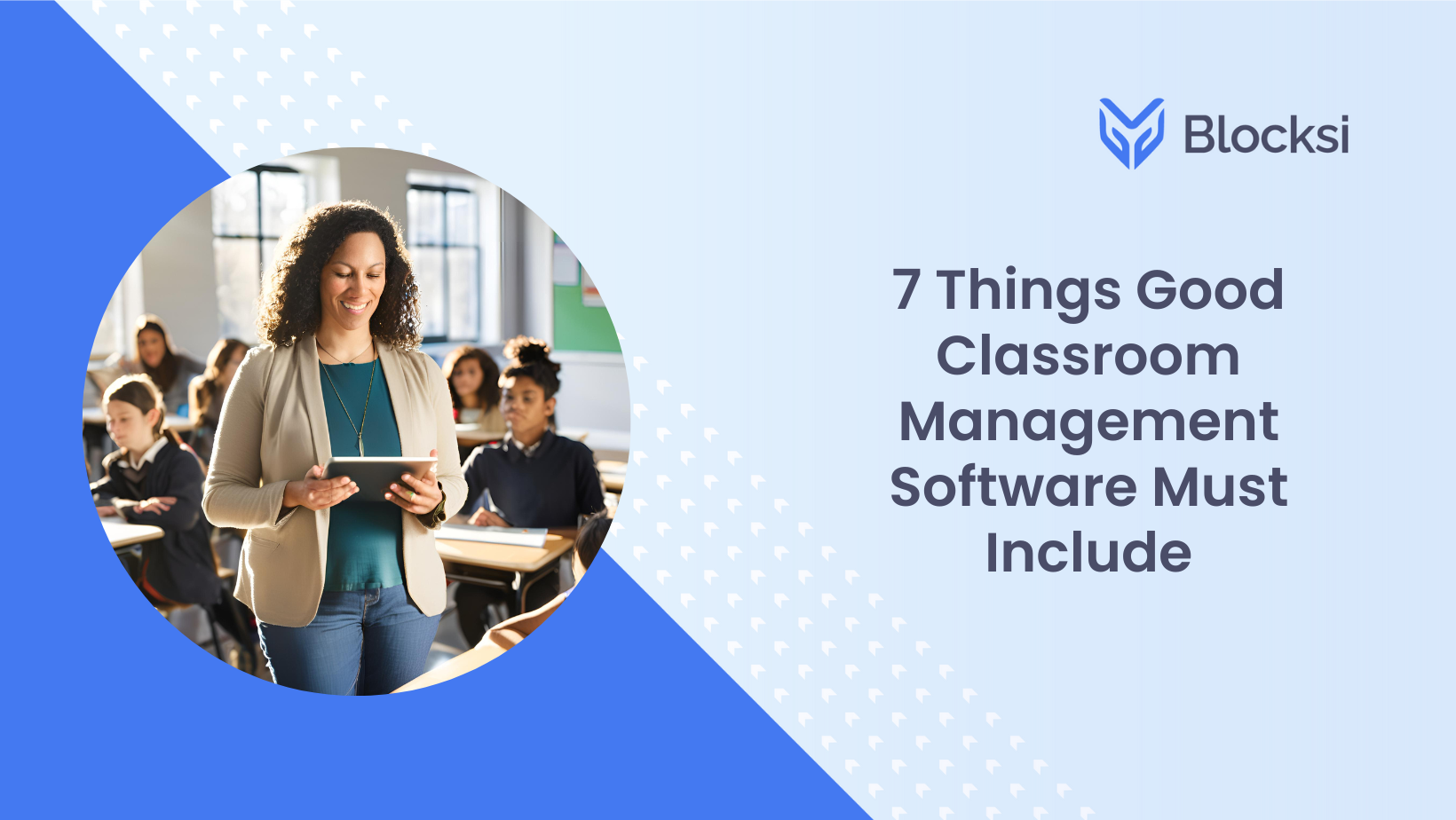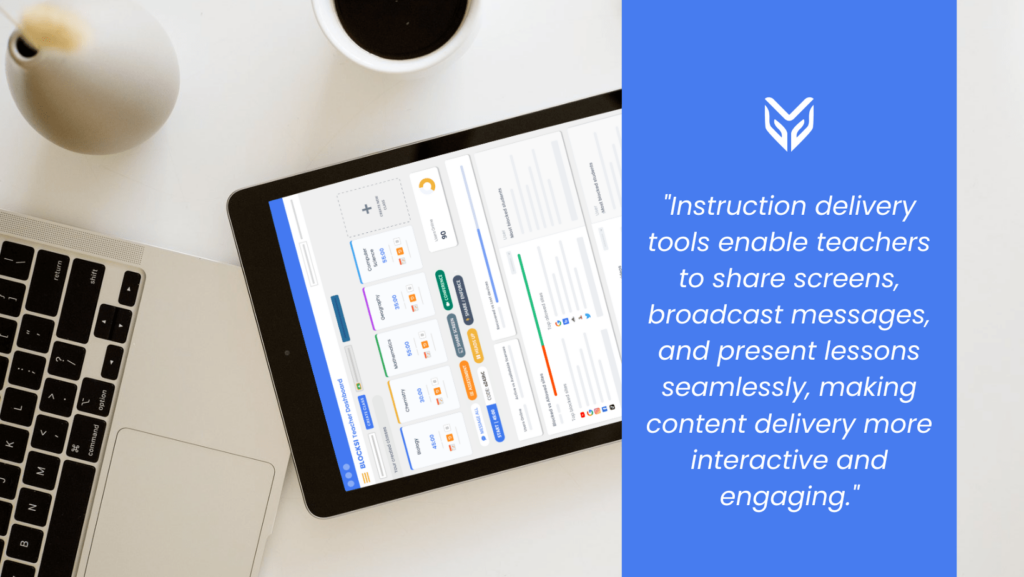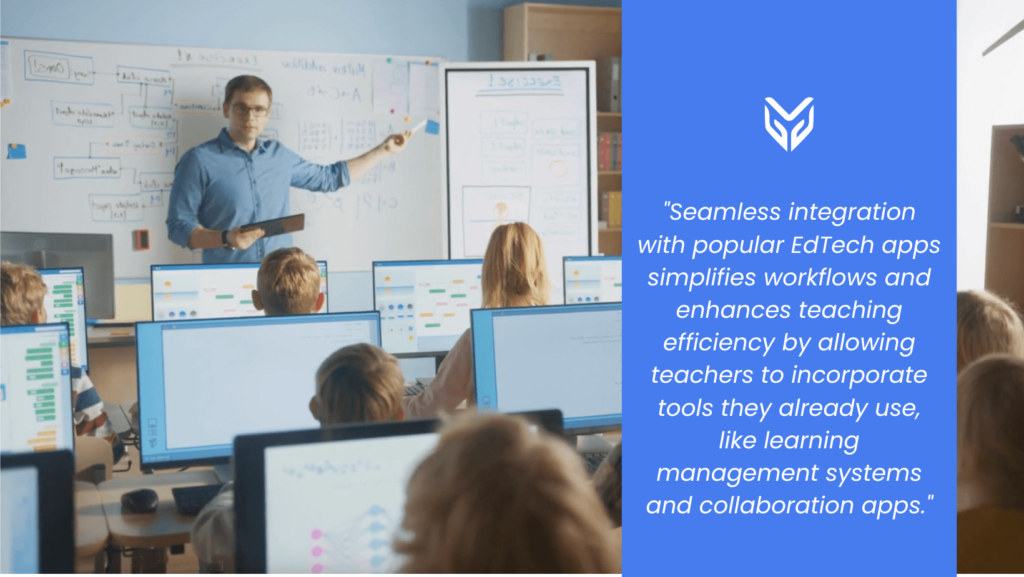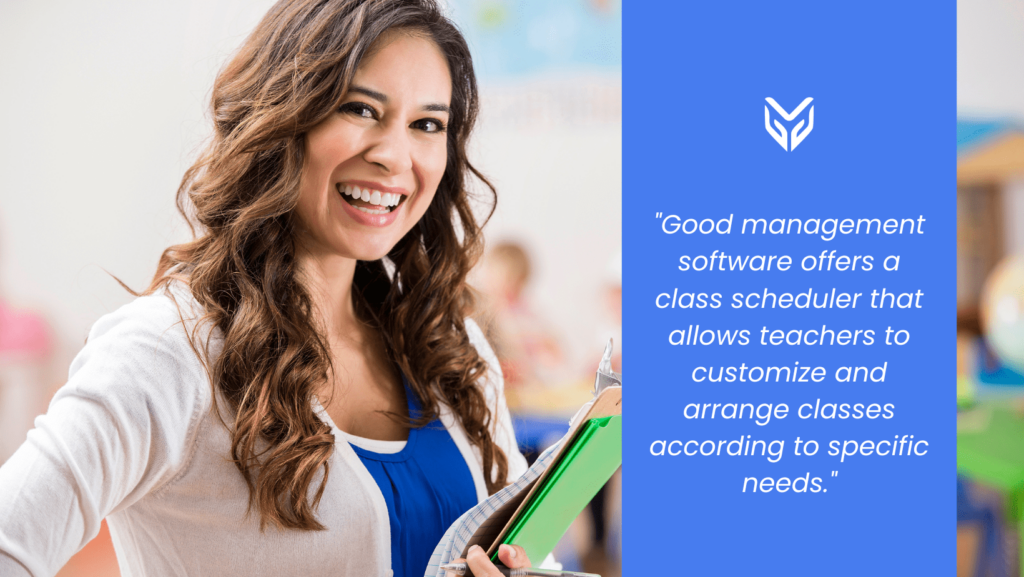NEWS
7 Things Good Classroom Management Software Must Include

In today’s digital classrooms, effective classroom management software is essential. From keeping students engaged to monitoring online activities, teachers face countless challenges and still have only two hands and one set of eyes. That is why schools have to equip them with the right software to enhance teaching and learning. But what should you look for in such a tool? Here are 7 crucial features that every good classroom management software must include.
#1 Real-Time Student Screen Monitoring
Being able to monitor students’ screens in real time is a game-changer. Student screen monitoring allows teachers to see all student screens simultaneously, ensuring everyone stays on task and minimizing distractions. This kind of school screen monitoring is essential for maintaining control in a modern digital classroom.
This feature promotes a focused learning environment. Teachers can quickly identify if a student is struggling or veering off-topic. By addressing issues promptly, educators can maintain classroom productivity and support individual student needs.
#2 Effective Instruction Delivery Tools
An effective instruction delivery tool is a cornerstone of any good classroom management software. These tools enable teachers to share screens, broadcast messages, and present lessons seamlessly, making content delivery more interactive and engaging.

For example, Blocksi‘s instruction delivery features allow educators to easily integrate multimedia elements and interactive content into their lessons. This supports diverse learning styles—visual, auditory, and kinesthetic—enhancing student comprehension and retention.
#3 Comprehensive Classroom Device Management
Managing multiple devices can be overwhelming without proper tools. Classroom device management features allow teachers to control and configure student devices from a central platform. This includes pushing applications, updating settings, and applying security protocols.
Such management ensures that all devices are optimized for learning. It also reduces the time teachers spend troubleshooting technical issues, allowing them to focus more on teaching and less on tech hassles.
#4 Integration with Educational Technology Apps
Seamless integration with popular EdTech apps is a must for any effective classroom management software. This simplifies workflows and enhances teaching efficiency by allowing teachers to incorporate tools they already use, like learning management systems and collaboration apps.

For example, Blocksi unifies various applications into one platform. This means educators can create a more cohesive learning experience without switching between multiple platforms, saving time and reducing confusion for both teachers and students. Blocksi’s Learning Hub includes more than 25+ web-based LMS teachers use daily, like Canvas, Google Classroom, Edpuzzle, and Nearpod.
#5 Advanced AI Tools for Efficiency
Artificial intelligence is transforming education. Features like an AI Copilot can significantly reduce teacher workload. For instance, an AI quiz generator can create customized assessments in seconds, tailored to the lesson’s content and learning objectives.
Additionally, an AI plagiarism detector helps maintain academic integrity by identifying copied or AI-written content. These tools empower teachers to provide timely feedback and uphold high standards without exhaustive manual effort.
#6 Secure Assessment Environment
Academic honesty is paramount. A secure assessment environment, like using locked-down browsers, prevents students from accessing unauthorized resources during exams. This ensures that evaluations accurately reflect each student’s understanding.
For instance, Blocksi’s secure assessment tools offer locked-down browser capabilities that restrict online content during tests. By implementing these security measures, educators can build trust in the grading process and prepare students for standardized testing environments with similar restrictions.
#7 Flexible Class Scheduling and Management
Every classroom is unique. Good management software offers a class scheduler that allows teachers to customize and arrange classes according to specific needs. Whether adjusting for different time zones in virtual settings or accommodating various learning paces, flexibility is key.

This adaptability ensures that both teachers and students have schedules that enhance learning. It also supports differentiated instruction by allowing for small group sessions or one-on-one time as needed.
Taking Monitoring Students’ Screens Levels Higher
In conclusion, the right classroom management software is more than just a tool—it’s an essential partner in modern education. By incorporating features like real-time student screen monitoring, effective instruction delivery tools, and advanced AI capabilities, teachers can focus on what they do best: teaching. Investing in a solution that includes these seven features will not only lessen teachers’ workloads but also boost teaching efficiency, giving education back to educators.
SOURCES
[1] Creating effective learning environments
[2] How is AI impacting the education system?





